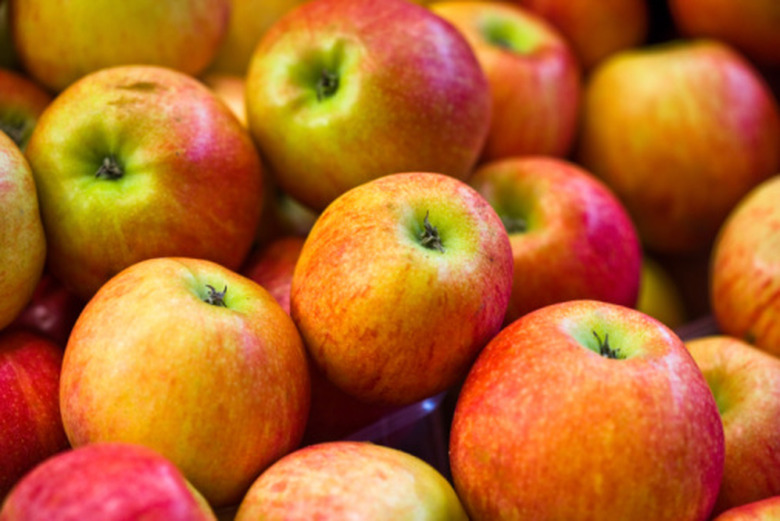Differences Between Yeasts & Moulds
Both yeast and moulds are eukaryotes – organisms with cell nuclei and membrane-bound organelles – in the kingdom Fungi. Because both mould and yeast are opportunistic organisms, acting as parasites on other organic matter, you might group both into a broad category of, "things that grow on or in food." However, the two life forms are dramatically different in their structure, growth and reproduction methods.
Structure and Appearance
Structure and Appearance
Yeast is an organism consisting of only a single cell, which tends to be round or oval shaped, while moulds have a more complex multi-cellular structure, appearing under a microscope as a strand with many branches or hyphae. The appearance of mould growth to the naked eye is also dramatically different than that of yeast. Mould tends to be much more colorful and can have a wooly or fuzzy texture while a yeast colony is virtually colorless and generally smooth.
Reproduction
Reproduction
Most types of yeast reproduce by a process called budding. Outgrowths of the parental cell increase in size while the parental cell's nucleus splits and moves into the growing bud. The bud then breaks off to function as an independent yeast cell. A smaller number of yeasts reproduce by binary fission, splitting into two daughter cells. Mould, on the other hand, reproduces both sexually and asexually using spores – specialized aerial cells that are displaced onto a substrate and grow above or below that substrate's surface.
Conditions for Growth
Conditions for Growth
While both mould and yeast thrive in warm, damp conditions, mould can grow in a wider range of acidity (pH) levels than yeasts, which are limited to a pH range of 4.0 to 4.5. One implication of this difference in growing conditions is that moulds cause a greater threat in terms of food spoilage and sanitation concerns, particularly in fresh produce.
Uses
Uses
While yeast and mould are both associated with negative aspects like spoilage and infection, they also serve positive functions. Mould is instrumental in the breakdown of organisms in the earth — mould bacteria are a crucial element in any compost pile. Yeast has the ability to ferment to produce ethanol, making it a key ingredient in production of alcoholic beverage as well as baked products.
Cite This Article
MLA
Lichtenstein, Drew. "Differences Between Yeasts & Moulds" sciencing.com, https://www.sciencing.com/differences-between-yeasts-moulds-8168625/. 24 April 2017.
APA
Lichtenstein, Drew. (2017, April 24). Differences Between Yeasts & Moulds. sciencing.com. Retrieved from https://www.sciencing.com/differences-between-yeasts-moulds-8168625/
Chicago
Lichtenstein, Drew. Differences Between Yeasts & Moulds last modified March 24, 2022. https://www.sciencing.com/differences-between-yeasts-moulds-8168625/
